Patriot Division2 Viper Xtreme 4GB DDR3 RAM kit
OverClocking
I’m sure you are eager to see the results, but first I shall explain our methods. In keeping with the XMP profiles so thoughtfully provided by Intel and the P67 chipset used, we simply cranked the memory clock up a notch and let the RAM and motherboard negotiate the rest of the settings. While it seems like this may be too simple, Intel’s technology proved robust and effective – first we cranked it up to 1860 MHz, and then to 2100 MHz. Despite hours fo benchmarking, the RAM remained stable to 2100, the limit of the motherboard. After the results from the first round of overclocking were completed, we were excited and apprehensive. After the second, we were ecstatic. This memory kit has phenomenal overhead and enormous overclock potential. Just how good? Have a look.
At top left, SiSoft’s Sandra shows that the Patriot Viper Xtreme shows moderately increased memory-cache bandwidth, about 15 GB/sec, and a speed factor of around 44, much improved over the 72 of the previous run (and I suspect this is latency measured in nanoseconds based on AIDA’s results). This brings us to the next image, the latency results. As before, red is the results of the overclocked memory, and orange represents stock speeds. While the stairstep curve has not changed much, it is important to consider that this is measured in clock ticks, and there are about 31% more clock pulses per second now. What’s also relevant is that even with less time to move data per clock pulse, in large data sets it took significantly fewer clock cycles to move a given amount of data. I don’t know what secret sauce Patriot is using on their chips, but it sure is tasty. (Remember the odd logarithmic scale; that small difference near the top of the chart represents at least 60 clock cycles!) This suggests a large increase in the ability to move data, bringing us to the third set of benchmark results from Sandra; showing a nearly sixty percent increase in overall bandwidth, from 9 to 14.32 GB/sec, though the clock speed increased only a hair over 31% and despite automatically-loosened timings.
Having seen such a vast improvement in Sandra, let us return our attentions to AIDA64. While at stock speeds, we were coming in around 5th to 6th place globally, we find that our ranking has improved considerably. No test was lower than second place in the global rankings, making this the fastest i5 system ranked. Our latency has dropped to around 40 nanoseconds, around a 20% decrease. After having benchmarked for more hours than I care to consider in one marathon session, the memory’s temperature was measured using a non-contact thermometer. Results peaked at 102° Fahrenheit, well within the acceptable range for such a product under such a workload.
- 4 Comments
- Subscribe
- Download Review in PDF
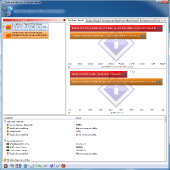
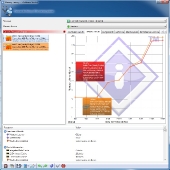
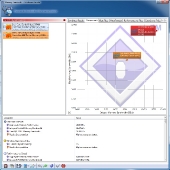
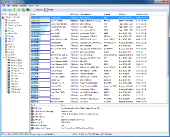
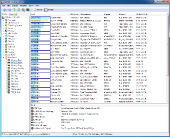
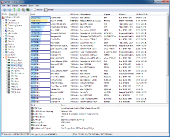
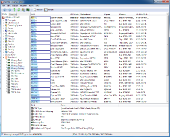

[…] and phenomenal overclocking potential. Just how high will it go? And do you need to bother?http://www.techwarelabs.com/patriot-division2-viper-xtreme-4gb-ddr3-ram-kit/DiggLeave a Reply Click here to cancel reply. Name (required) Mail (will not be published) […]
[…] F3-17000 CL9D 2133MHz Memory Kit @ eTeknix- Patriot Division2 Viper Xtreme 4GB DDR3 RAM kit @ Techwarelabs- Patriot G Series AMD Black Edition DDR3-1333 4GB Dual Channel Memory Kit @ […]
[…] Patriot Division2 Viper Xtreme 4GB DDR3 RAM kit @ TechwareLabs G.Skill RipjawsX F3-17000 CL9D 2133MHz Memory Kit Review @ […]
[…] Patriot Division2 Viper Xtreme 4GB DDR3 RAM kit @ Techwarelabs […]